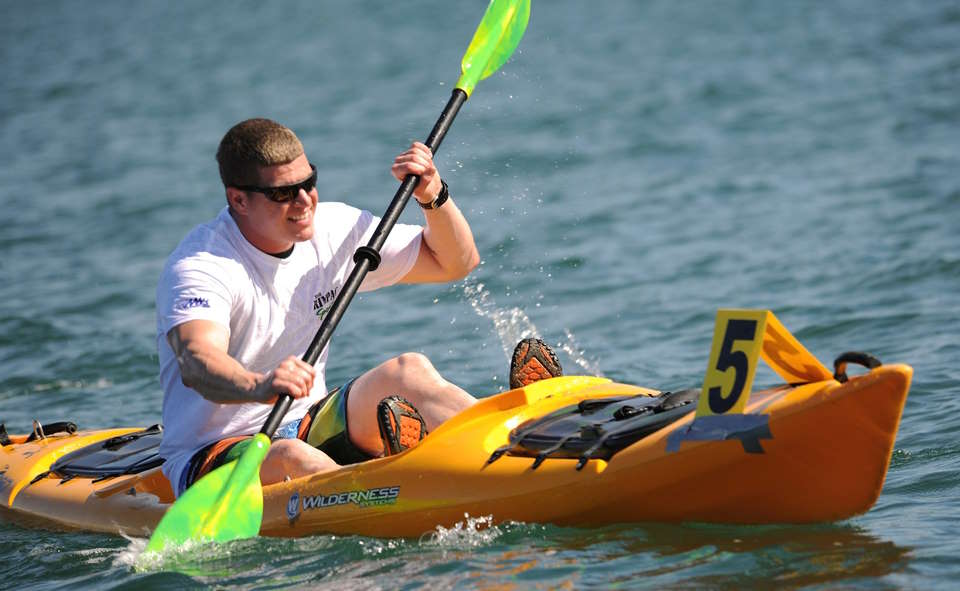Kayaking is a thrilling and adventurous water sport that allows you to connect with nature while exploring rivers, lakes, and even whitewater rapids. Whether you are a beginner or a seasoned paddler, choosing the right kayak is crucial to ensure a safe and enjoyable experience on the water. We will delve into the process of finding your perfect ride, mastering kayaking techniques to maximize your paddling efforts, understanding the different whitewater classifications for an adrenaline rush or to avoid dangerous territories, and the essential safety gear needed to protect yourself while conquering the river. Let’s dive in and embark on an unforgettable kayaking journey!
Choosing The Right Kayak: Finding Your Perfect Ride
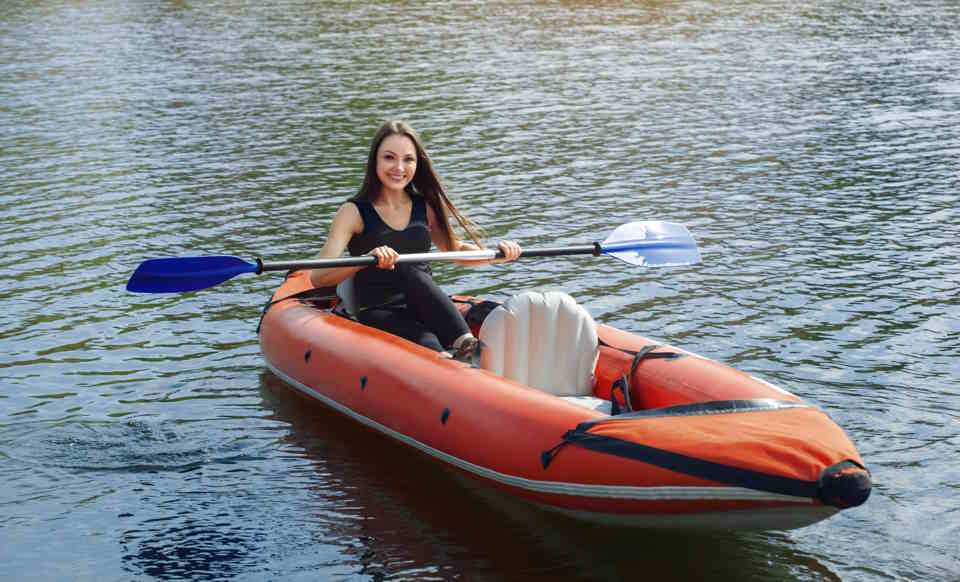
Choosing the right kayak can make all the difference in your kayaking experience. With so many options available, it can be overwhelming to find your perfect ride. But fear not, fellow paddlers, for I am here to guide you through the process and help you make an informed decision.
First and foremost, consider the type of water you’ll be kayaking on. Are you planning to hit the calm and serene lakes, or are you craving the thrill of navigating fast-paced rivers? Understanding the different environments you’ll be paddling in is essential in choosing the right kayak.
Next, let’s talk about the different kayak styles. Sit-on-top kayaks are great for beginners and those who value stability. These kayaks are easy to get in and out of, making them a popular choice for recreational kayakers. On the other hand, if you’re more experienced and looking for speed, a sit-in kayak might be your best bet. The enclosed cockpit allows for better maneuverability and can be a real game-changer for those who want to take their kayaking skills to the next level.
Another important factor to consider is the size of the kayak. You want to make sure you feel comfortable and have enough legroom while paddling. A kayak that is too small can feel cramped and restrict your movements, while one that is too big might be difficult to control. So, don’t forget to take your height and weight into account when choosing the right size.
Once you’ve narrowed down your options, it’s time to take a closer look at the kayak’s features. Does it have enough storage space for your gear? Are the seats adjustable and comfortable for those long days on the water? These are all important considerations that can greatly enhance your kayaking experience.
In conclusion, choosing the right kayak requires careful consideration of various factors. From the type of water you’ll be kayaking on to the style and size of the kayak, each decision can have a significant impact on your enjoyment. So take your time, do your research, and most importantly, trust your instincts. Your perfect ride is out there waiting for you to embark on countless adventures.
| Kayak Features | Considerations |
|---|---|
| Storage space | Make sure it can accommodate your gear |
| Seats | Check if they are adjustable and comfortable |
| Size | Ensure you have enough legroom and space |
| Style | Choose between sit-on-top and sit-in options |
Mastering Kayaking Techniques: Making Every Paddle Count
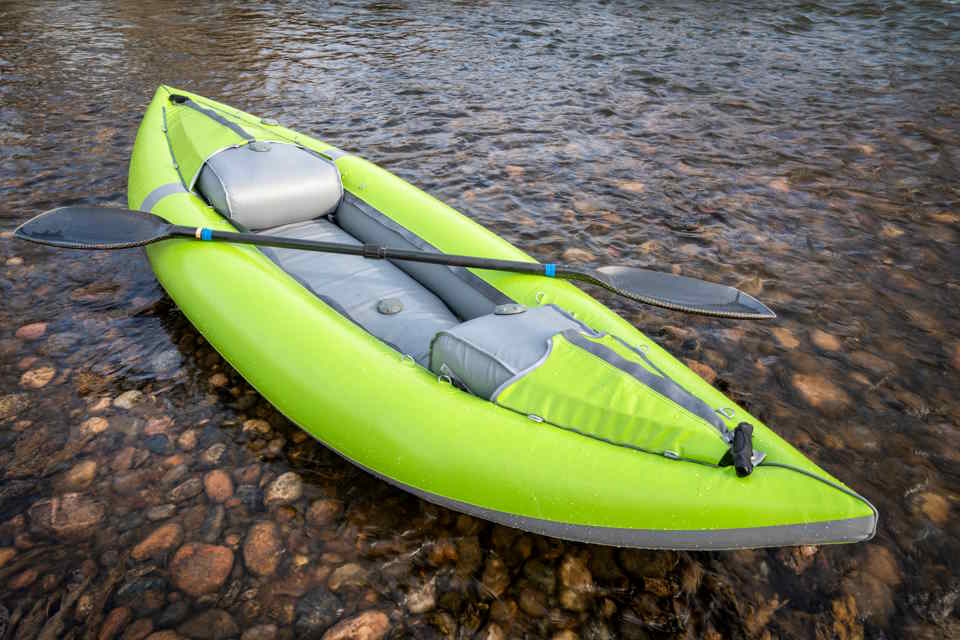
Kayaking is not only a thrilling water sport but also a great way to connect with nature and explore new places. Whether you are a beginner or an experienced kayaker, mastering the right techniques is crucial to ensure a successful and enjoyable experience on the water. We will dive into the world of kayaking techniques and discuss some tips and tricks to make every paddle count!
One of the most important techniques to master in kayaking is the paddle stroke. A strong and efficient paddle stroke will not only help you maneuver your kayak with ease but also save you energy during long trips. The key to a powerful stroke is to engage your core muscles and use proper body mechanics. Remember to keep your upper body relaxed and use your torso to generate power, rather than solely relying on your arms. Don’t forget to maintain a good posture and sit up straight in your kayak.
Another technique that can greatly improve your kayaking skills is learning how to use the different types of paddle strokes. The forward stroke is the most basic and commonly used stroke, which propels your kayak forward. To perform a proper forward stroke, reach forward with your arms and insert the blade of your paddle into the water near your toes. Pull the paddle back towards your hip, keeping it close to the side of your kayak. Repeat this motion on the opposite side to maintain a straight course.
- Tip: To maximize the power of your forward stroke, rotate your torso towards the direction of your stroke, engaging the stronger muscles in your core.
- Tip: Practice different types of kayak strokes, such as the sweep stroke for turning the kayak and the draw stroke for moving your kayak sideways.
Aside from mastering different paddle strokes, understanding the fundamentals of kayak control is essential. By using your body as a counterweight, you can enhance your stability and maneuverability on the water. To turn your kayak, simply lean your body and tilt your kayak to the desired direction. Remember to keep your weight centered and shift it smoothly and gradually to avoid capsizing. It’s all about finding the right balance and using your body as a tool to navigate the water.
| Key Takeaways: |
|---|
| 1. Mastering the paddle stroke is crucial for efficient and powerful kayaking. |
| 2. Experiment with different types of paddle strokes for various kayaking maneuvers. |
| 3. Understanding kayak control and body positioning is essential for stability and maneuverability. |
So, whether you’re planning a leisurely paddle or tackling challenging rapids, remember to focus on mastering the various kayaking techniques. By honing your skills and making every paddle count, you can embark on exciting adventures with confidence and style.
Navigating Different Whitewater Classifications: Adrenaline Rush Or Dangerous Territory?
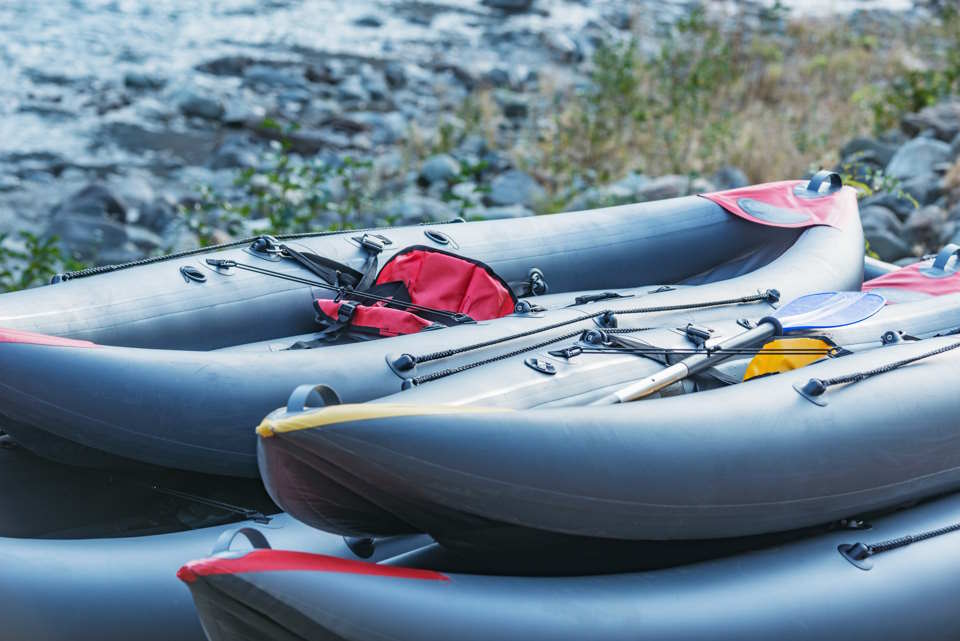
Whitewater kayaking is an exhilarating sport that offers both excitement and adventure. The rush of navigating through rapids and maneuvering around rocks and obstacles is a unique and thrilling experience for any outdoor enthusiast. However, it’s important to understand the different whitewater classifications to ensure your safety and enjoyment on the river.
When it comes to whitewater kayaking, rivers are categorized into different classes based on their difficulty and complexity. These classifications range from Class I, which represents easy and gentle moving water, to Class VI, which signifies extreme and unrunnable whitewater. Each class presents its own set of challenges and risks for kayakers.
Class I: This is the least challenging level of whitewater and is suitable for beginners or those looking for a relaxed paddling experience. Class I rivers feature few obstacles and are characterized by gentle, slow-moving water. They provide an easy introduction to whitewater kayaking and allow paddlers to develop their skills and confidence on the river.
Class II and III: These classifications offer a moderate level of difficulty and are ideal for intermediate kayakers. Class II rivers have quicker-moving water and slightly more technical sections, including small waves and obstacles. Class III rivers, on the other hand, feature larger waves, stronger currents, and more technical maneuvers. It’s important to have good boat control and solid paddling skills to navigate these rapids safely.
Class IV and V: Considered advanced and expert levels, Class IV and V rivers demand a high level of skill, experience, and physical fitness. Paddlers must possess excellent boat control, powerful strokes, and the ability to make split-second decisions. These rivers feature challenging rapids, tight channels, and powerful hydraulics, making them a thrilling and adrenaline-pumping experience.
| Whitewater Classification | Description |
|---|---|
| Class I | Easy and gentle moving water with few obstacles. |
| Class II | Quick-moving water with small waves and obstacles. |
| Class III | Larger waves, stronger currents, and more technical maneuvers. |
| Class IV | Challenging rapids, tight channels, and powerful hydraulics. |
| Class V | Expert-level rapids requiring exceptional skill and experience. |
When planning a whitewater kayaking trip, it’s crucial to evaluate your skills, experience, and comfort level before choosing a river to conquer. It’s always recommended to start with easier classifications and progress gradually as your abilities improve. Additionally, make sure to check local regulations, weather conditions, and river guides or experts who can provide valuable insights into the specific challenges and features of a river.
Remember, whitewater kayaking can be an adrenaline rush or dangerous territory depending on the classification of the river you choose. It’s essential to prioritize safety, stay calm, and continuously improve your skills through practice and experience. With the right preparation and mindset, you can safely navigate different whitewater classifications and enjoy the thrill of this amazing sport.
Essential Safety Gear: Protect Yourself On The River
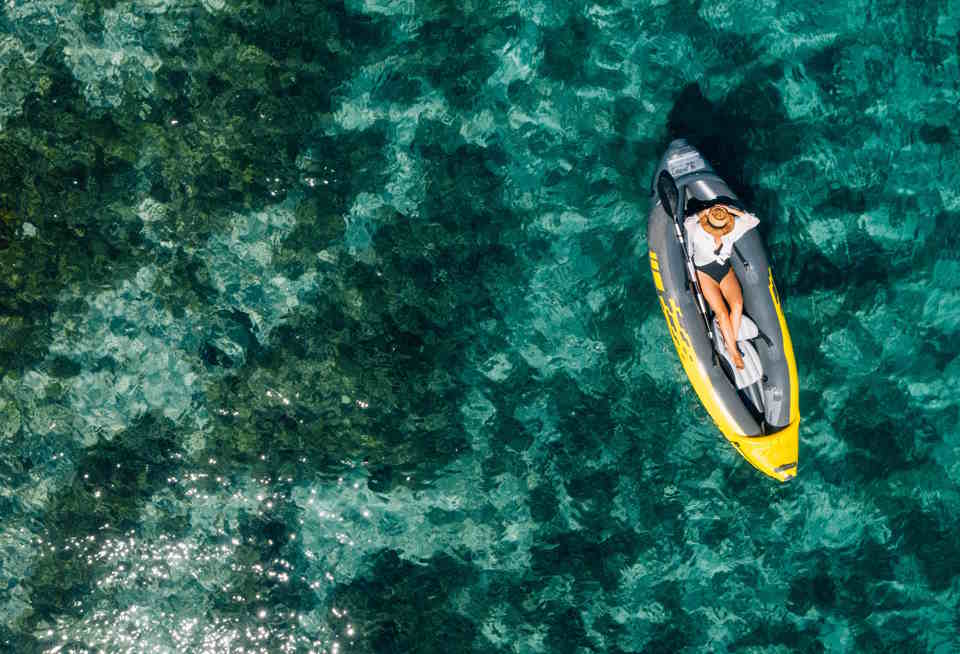
When it comes to kayaking, safety should always be your top priority. The exhilarating experience of gliding through rushing waters can be incredibly thrilling, but it’s crucial to ensure you have the right safety gear to protect yourself. The river can be an unpredictable environment, and being prepared is key to having a safe and enjoyable adventure. We will discuss the essential safety gear you need to have with you when kayaking to keep yourself protected.
First and foremost, a personal flotation device (PFD) is an absolute must-have when kayaking. This is your lifeline in case you capsize or are confronted by strong currents. A PFD is designed to keep your head above water and should fit snugly around your chest. It’s important to choose a PFD that is specifically designed for kayaking, as it will allow for better mobility and maneuverability.
- A helmet is another essential safety gear that you should never go without on the river. While kayaking, there’s always a chance of hitting rocks or other obstacles, and a helmet will protect your head from potential injuries. Look for a helmet that is designed for whitewater kayaking, with a secure and adjustable fit.
- Spray skirt is a gear that is often overlooked by beginners but is essential for kayaking in rough waters. A spray skirt covers the cockpit of your kayak, preventing water from entering and keeping you dry. It also helps with stability and control, allowing you to execute advanced techniques with ease.
- Footwear is an important aspect of safety gear that is often underestimated. When kayaking, you want to ensure that your feet are protected and comfortable. Look for sturdy water shoes or neoprene booties that will provide traction and prevent your feet from slipping in wet conditions.
In addition to the above essentials, it’s also crucial to have a paddle leash to keep your paddle secure and close to you. Losing your paddle in fast-moving water can be dangerous and frustrating, so a paddle leash is a simple yet effective solution. Additionally, a rescue whistle is a small item that can make a big difference in case of an emergency. It will help you attract attention and alert others to your presence if you find yourself in a difficult situation.
| Safety Gear | Purpose |
|---|---|
| Personal Flotation Device (PFD) | Keeps you afloat and safe in case of capsizing or strong currents |
| Helmet | Protects your head from potential injuries due to rocks or obstacles |
| Spray Skirt | Covers the cockpit, keeping water out and enhancing stability |
| Footwear | Provides traction and protects your feet during kayaking |
| Paddle Leash | Secures your paddle to prevent loss in fast-moving water |
| Rescue Whistle | Attracts attention and signals for help in emergency situations |
While kayaking is undoubtedly a thrilling experience, it’s important to remember that the river can be unpredictable and potentially dangerous. By equipping yourself with the essential safety gear mentioned above, you can enjoy your adventure with peace of mind, knowing that you are well-prepared and protected. Prioritize your safety and embark on unforgettable kayaking journeys!

